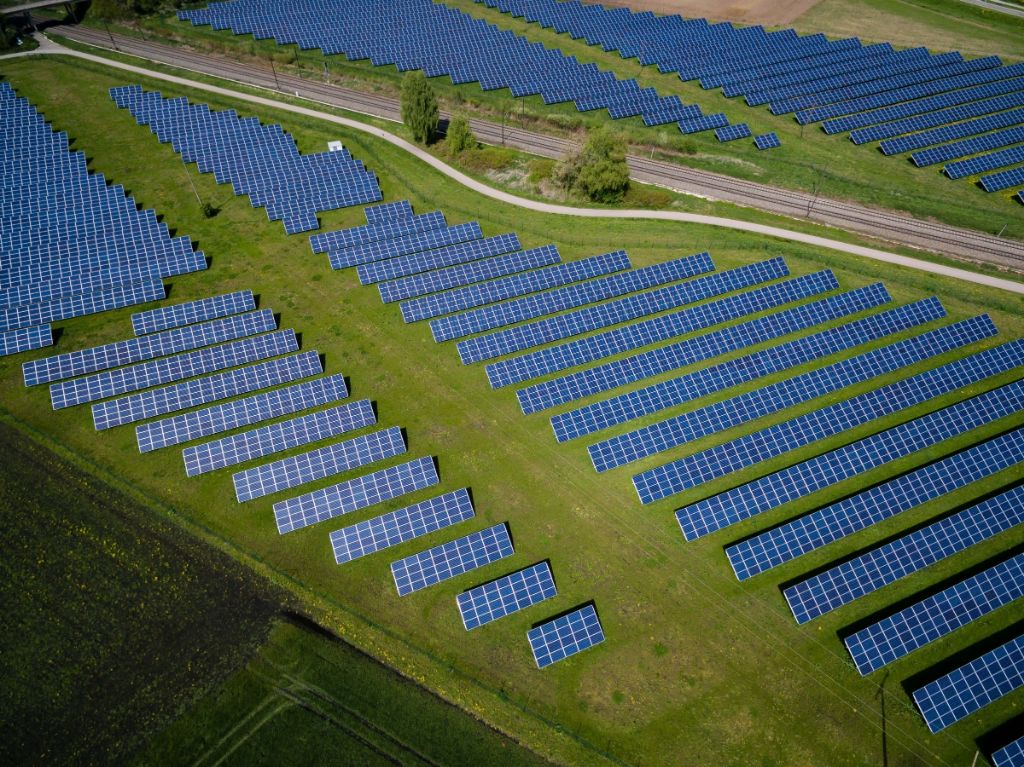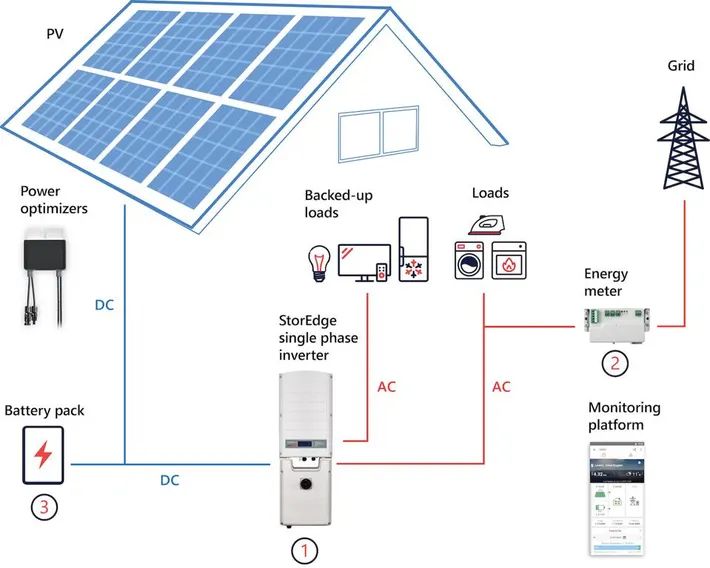How Big Is A 1000 Kw Solar System?
Introduction
A 1000 kW solar system refers to a solar photovoltaic system that has a nameplate capacity of 1000 kilowatts (1 megawatt). The size of a solar system is an important factor that determines how much electricity it can produce to power homes, businesses or communities. Larger solar systems can generate more electricity but also require more space and upfront investment. Understanding the size of a 1000 kW solar system provides perspective on how much energy these systems can provide.
The size of a solar system is measured in kilowatts, which refers to the maximum electric output under optimal conditions. A residential solar system is typically between 3-10 kilowatts. In comparison, a 1000 kW solar system has a capacity equal to 1,000,000 watts or 1 megawatt – enough to power around 150 homes. While residential systems are measured in kilowatts, utility-scale solar farms are measured in megawatts like 1000 kW or even gigawatts (1 billion watts).
Typical Home System Size
A residential solar system is usually between 3-10 kW. This is enough to power a typical home. In contrast, a 1000 kW solar system is massive in comparison.
To put it into perspective, a typical 5 kW home system will have around 15-25 solar panels. Each panel is around 300W. So 15 panels x 300W = 4500W or 4.5 kW.
A 1000 kW solar system has over 3,000 times more capacity than a typical home system. You would need around 3,300 solar panels to make a 1000 kW system. That’s because each 300W panel provides 0.3 kW. So you need 3,333 panels x 0.3 kW = 1000 kW.
In summary, a 1000 kW solar system is equivalent to about 200 typical home solar systems. It is in an entirely different league in terms of size and energy production.
Number of Panels
A 1000 kW solar system is considered a very large system, far beyond what a typical residential home would need. To generate 1000 kW (1 megawatt) of power, you would need a substantial number of solar panels. Assuming 330W solar panels are used (a common size for residential installations), it would take around 3000 panels to make up a 1000 kW system.
The math is simple:
- 1000 kW x (1000 watts/1 kW) = 1,000,000 watts
- 330 watt solar panels
- 1,000,000 watts / 330 watts per panel = 3030 panels (rounded to 3000)
So you would need approximately 3000 x 330W solar panels to create a 1000 kW solar system. This is a massive amount of solar panels that would cover a very large area. A system this size would be suitable for a large commercial building, industrial facility, or solar farm.
Land Area Needed
A 1000 kW solar system is quite large and would require a significant amount of land area. To determine how much space is needed, we first need to know how many solar panels would be in a system this size. Commercial solar panels today typically have power ratings between 300-400 watts. If we assume 350 watt panels, then a 1000 kW system would need 1000 kW / 350 watts per panel = 2,857 panels.

Typical solar panels are around 65 inches long by 39 inches wide. With a little spacing between panels, we can estimate around 50 square feet per panel. So for 2,857 panels, the total land area needed would be 2,857 * 50 square feet = 142,850 square feet. That’s about 3.3 acres, or almost 1.5 American football fields worth of space to install a 1000 kW solar system.
Obviously most residential settings would not have this much free land available. Large solar farms and some commercial installations would be more likely candidates for a system of this size. Overall it demonstrates the sheer scale of a 1000 kW solar energy system.
Energy Production
A 1000 kW solar system has the potential to produce a significant amount of clean, renewable energy. To calculate the potential annual energy production, we need to consider the solar irradiation and sunshine hours for the location where the system will be installed.
As a benchmark, locations in the southwest United States average around 6.5 peak sun hours per day. This means on average the sun provides 6.5 hours of its peak 1000 W/m2 irradiance per day. With 1000 kW (or 1,000,000 W) of solar panels, and assuming a 25% system loss factor, the potential daily energy production would be:
1,000,000 W x 6.5 hours x 365 days x 0.75 (system loss factor) = 1,771,250 kWh
So in an average southwest US location, a 1000 kW solar system could potentially produce around 1.8 million kWh of electricity per year. This is enough to power around 150 average homes! Of course, the actual production will depend on the specific location’s weather patterns and sunlight hours. But this provides a reasonable estimate of just how much renewable energy a large commercial or utility-scale solar system can generate.
Cost
A 1000 kW solar system is a significant investment that requires careful financial planning. The upfront costs for a system this large will likely be in the range of $800,000 to $1.2 million. This factors in the costs of the solar panels, inverters, racking and mounting equipment, wiring, labor for installation, and any site preparation needed.
Over the lifetime of the system, there will be some ongoing maintenance and operation costs. However, sunlight is free once the system is in place! Estimates put the lifetime electricity production value of a 1000 kW system around $1.5 million to $2 million. This factors in the amount of electricity the system will produce over 25-30 years and the offset cost of not having to purchase utility power over that timeframe. The exact payback period depends on the local cost of electricity.
There are federal and some state incentives that can help reduce the upfront costs of a large commercial solar installation. The federal investment tax credit (ITC) offers a 26% tax credit for systems installed in 2022-2023. Accelerated depreciation can also be utilized to improve ROI. When factoring in all financial incentives, most experts estimate a 4-7 year payback period for a 1000 kW commercial solar system.
Use Cases
A 1,000 kW solar system would be far too large for a typical home system. Instead, these mega-scale systems are better suited for large commercial or industrial facilities with massive energy demands. Here are some examples of who might use a system this large:
- Large factories or manufacturing plants
- Data centers and server farms
- Warehouses
- College campuses
- Airports
- Hospitals
- Shopping malls
- Office parks
- Municipal buildings
The high energy requirements of these types of facilities make them well-suited for large solar installations. A 1,000 kW system could potentially offset a sizable portion of their electricity usage from the grid. The cost savings and environmental benefits can be substantial.
Challenges
Installing a large solar system like 1000 kW comes with some unique challenges. Here are some of the main issues to consider:
Permitting – Getting the proper permits and approvals can be more complicated for large commercial and utility-scale systems. There are often more regulations and inspections to comply with. Navigating the permitting process typically requires solar experts and legal professionals.
Construction – Building a 1000 kW system requires significant land area and construction work. The logistics of transporting and installing that many solar panels, associated equipment and electrical infrastructure can be complex. Heavy machinery is needed for grading, trenching and foundation work.
Maintenance – Keeping a solar array of this size maintained requires scheduled cleaning of panels, vegetative upkeep, and servicing or replacement of any underperforming components. Having staff or contractors to regularly handle maintenance is key.
Overall, large scale solar systems involve more moving pieces and stakeholders during development and operation. Working with experienced solar companies who are familiar with these challenges is highly recommended for 1000 kW and larger projects.
Environmental Impact
A 1000 kW solar energy system can provide significant environmental benefits. Solar energy is a renewable and clean source of electricity that does not emit greenhouse gases or other pollutants. Here are some of the main environmental advantages of generating 1000 kW of solar power:
Reduced carbon emissions. A 1000 kW solar system in a sunny climate can generate over 1.5 million kWh of electricity per year. This avoids over 1 million kg of carbon dioxide emissions compared to using fossil fuel sources. Widespread adoption of large-scale solar can help mitigate climate change.
Clean air. Unlike power plants burning coal, gas or oil, solar panels produce electricity without emitting smog-forming particles, nitrogen oxides, sulfur dioxide or other pollutants. This improves air quality and public health.
Water savings. Solar photovoltaics use little to no water for electricity generation, while fossil fuel and nuclear plants can use billions of gallons of water for cooling and steam. Large solar installations help conserve water, especially in drought-prone regions.
Land usage. While 1000 kW of solar panels requires over 6 acres of land, this is less than other energy sources per kWh generated. And solar panels can be installed on rooftops, parking lots and dual-use farms, minimizing land impacts.
Overall, transitioning to large-scale solar power like 1000 kW systems can significantly reduce the environmental footprint of our electricity generation across metrics like carbon, air pollution, water use and land impacts.
Conclusion
To summarize, a 1000 kW solar system is a large-scale solar power installation capable of generating 1,000,000 watts or 1 megawatt of electricity. This is drastically larger than a typical residential solar panel system designed to power a single home, which is usually between 3-10 kW. Building a 1000 kW solar farm requires installing thousands of solar panels across multiple acres of land. At this scale, the system would be able to provide renewable power for hundreds of homes or small commercial operations. While the upfront installation cost is significant, over the 20-30 year lifespan the free solar energy and minimal maintenance can provide great value and environmental benefits. With thoughtful planning and grid integration, large scale solar power systems like this have the potential to make a real impact on our energy future.




